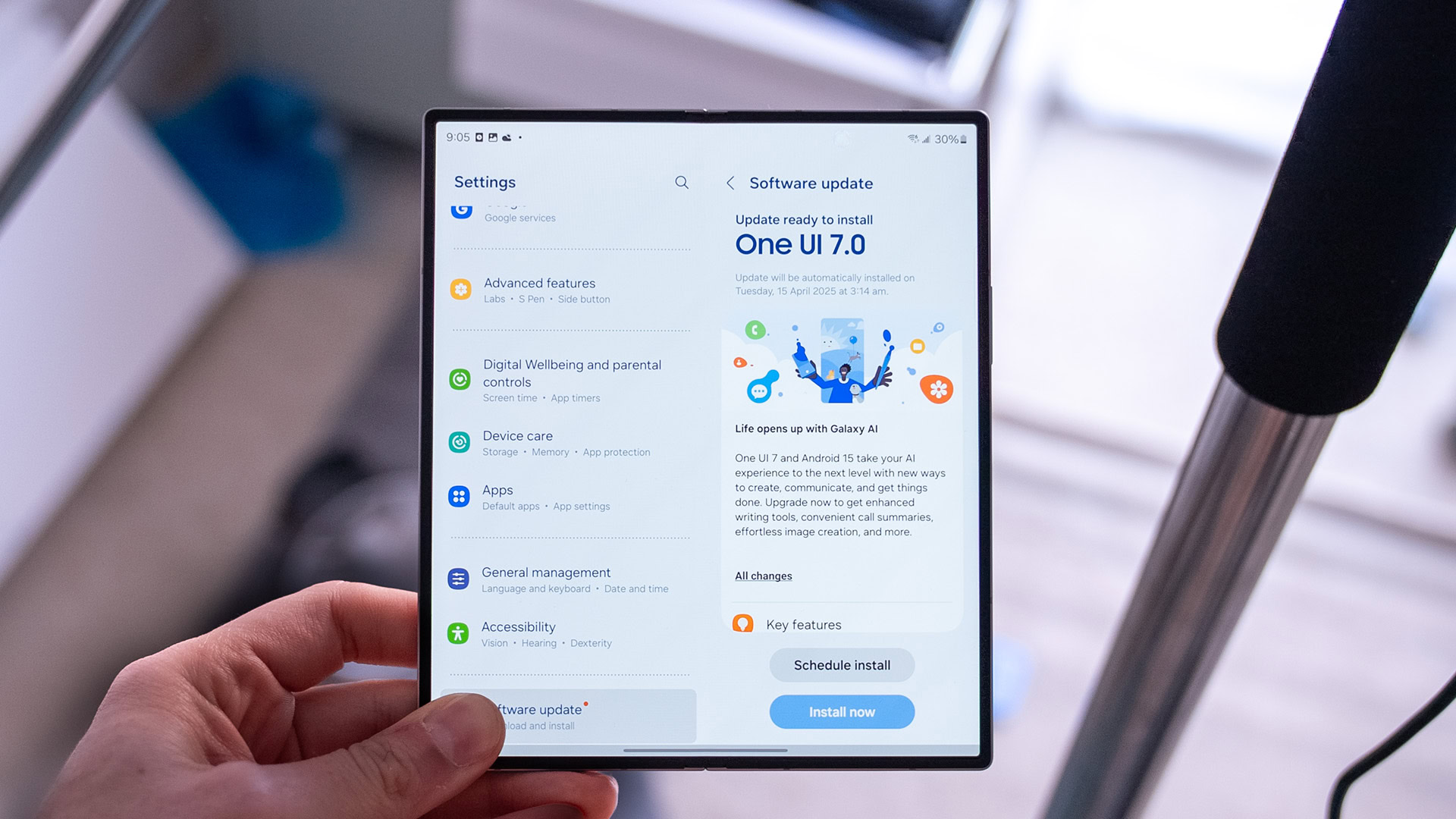How to Prepare for PRP Hair Treatment in Abu Dhabi
1. Introduction
PRP (Platelet-Rich Plasma) hair treatment is an advanced procedure designed to stimulate hair growth and improve hair health. In Abu Dhabi, where high-quality cosmetic treatments are readily available, preparing properly for your PRP session can significantly impact its effectiveness and your overall experience. This article will guide you through the essential steps to ensure you are well-prepared for your PRP Hair Treatment in Abu Dhabi.
2. Understanding PRP Hair Treatment
2.1 What is PRP Hair Treatment?
PRP hair treatment involves using a concentration of platelets from your own blood to rejuvenate hair follicles. This technique aims to improve hair density and promote natural growth by injecting platelets into the scalp.
2.2 How Does PRP Work?
During the procedure, a small sample of your blood is drawn and processed to concentrate the platelets. These platelets, rich in growth factors, are then injected into targeted areas of the scalp to stimulate hair follicles and enhance hair growth.
2.3 Benefits of PRP Hair Treatment
The benefits of PRP hair treatment include:
- Non-surgical hair restoration
- Minimal downtime
- Natural-looking results
- Safe and effective for various types of hair loss
2.4 Ideal Candidates for PRP Treatment
Ideal candidates for PRP treatment are individuals experiencing early to moderate hair loss or thinning, who have realistic expectations and are in good overall health. It is most effective for those with androgenic alopecia or thinning hair.
3. Pre-Treatment Preparation
3.1 Consultation with a Specialist
Before undergoing PRP hair treatment, schedule a consultation with a certified specialist in Abu Dhabi. This appointment will allow you to discuss your hair loss concerns, evaluate your suitability for the treatment, and set realistic expectations.
3.2 Medical History and Health Assessment
Provide your specialist with a detailed medical history, including any underlying health conditions, allergies, or previous hair treatments. This information helps ensure that PRP is a safe and appropriate option for you.
3.3 Avoiding Blood Thinners and Certain Medications
To minimize the risk of bleeding and bruising, avoid taking blood-thinning medications, such as aspirin or ibuprofen, at least one week before your treatment. Consult your specialist before stopping any prescribed medications.
3.4 Preparing Your Scalp
Avoid using harsh hair products or undergoing any chemical treatments (e.g., coloring or perming) on your scalp in the weeks leading up to your PRP treatment. Keep your scalp clean and free from styling products on the day of the procedure.
3.5 Lifestyle Adjustments
Maintain a healthy lifestyle by eating a balanced diet, staying hydrated, and getting adequate rest. Good overall health supports the effectiveness of the PRP treatment and aids in faster recovery.
4. Day of the Treatment
4.1 What to Expect
On the day of your PRP hair treatment, you will undergo a blood draw to obtain the necessary platelets. The process is relatively quick, and the PRP will be injected into the targeted areas of your scalp.
4.2 Dress Comfortably
Wear comfortable clothing to your appointment, as you may need to sit or lie down for the duration of the procedure. Opt for a loose-fitting top to avoid any discomfort during the treatment.
4.3 Arrive on Time
Arrive at your appointment on time to ensure the procedure starts as scheduled. If you have any questions or concerns, address them with your specialist before the treatment begins.
4.4 Post-Treatment Instructions
Follow your specialist’s post-treatment instructions carefully. This may include avoiding washing your hair for a short period, refraining from strenuous activities, and using prescribed scalp treatments.
5. Post-Treatment Care
5.1 Immediate Aftercare
After the treatment, you may experience some redness, swelling, or mild discomfort at the injection sites. These effects are typically temporary and should resolve within a few days.
5.2 Managing Side Effects
Use any prescribed medications or topical treatments as directed to manage side effects and promote healing. If you experience severe pain, prolonged swelling, or other unusual symptoms, contact your specialist promptly.
5.3 Follow-Up Appointments
Attend all scheduled follow-up appointments to monitor your progress and assess the effectiveness of the treatment. Your specialist will guide you on the number of sessions needed for optimal results.
5.4 Long-Term Care and Maintenance
Maintain a healthy hair care routine and continue to follow your specialist’s recommendations for ongoing hair health. This may include using specific shampoos or supplements and avoiding practices that could damage your hair.
6. Conclusion
Preparing for PRP hair treatment involves several important steps, from consulting with a specialist to adjusting your lifestyle and scalp care. By following these guidelines, you can enhance the effectiveness of the treatment and achieve the best possible results.
7. FAQs
7.1 How long does it take to prepare for PRP hair treatment?
Preparation for PRP hair treatment typically involves a few weeks of adjusting medications, scalp care, and lifestyle. The actual treatment day is relatively quick, taking about 1 to 2 hours.
7.2 Can I continue taking my regular medications before PRP treatment?
Consult your specialist before discontinuing any prescribed medications. Avoid blood thinners as recommended, but follow your specialist’s advice regarding other medications.
7.3 What should I do if I experience discomfort after PRP treatment?
Mild discomfort and swelling are normal. Use any prescribed medications and follow post-treatment care instructions. Contact your specialist if you experience severe or persistent symptoms.
7.4 How many PRP sessions will I need for optimal results?
The number of PRP sessions required varies based on individual needs. Most patients need 3 to 4 sessions spaced a few weeks apart, followed by maintenance treatments as advised by your specialist.
7.5 Is there any special care required for my scalp before the treatment?
Keep your scalp clean and avoid using harsh products or undergoing chemical treatments before your PRP session. Follow any specific instructions given by your specialist.
What's Your Reaction?
 Like
0
Like
0
 Dislike
0
Dislike
0
 Love
0
Love
0
 Funny
0
Funny
0
 Angry
0
Angry
0
 Sad
0
Sad
0
 Wow
0
Wow
0






















































